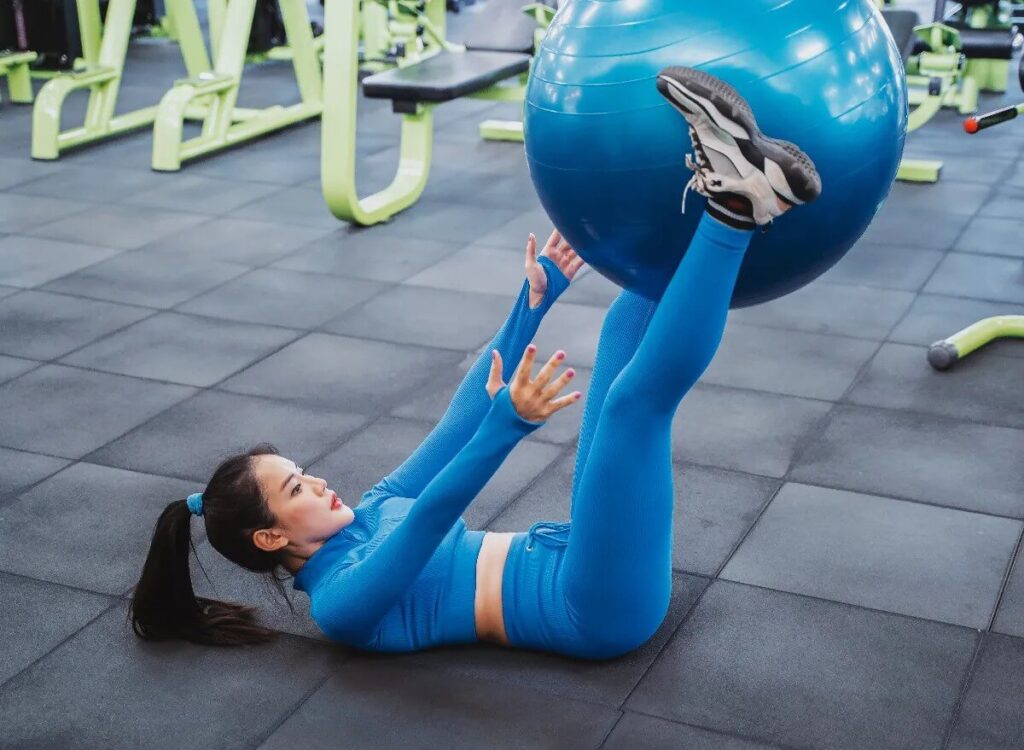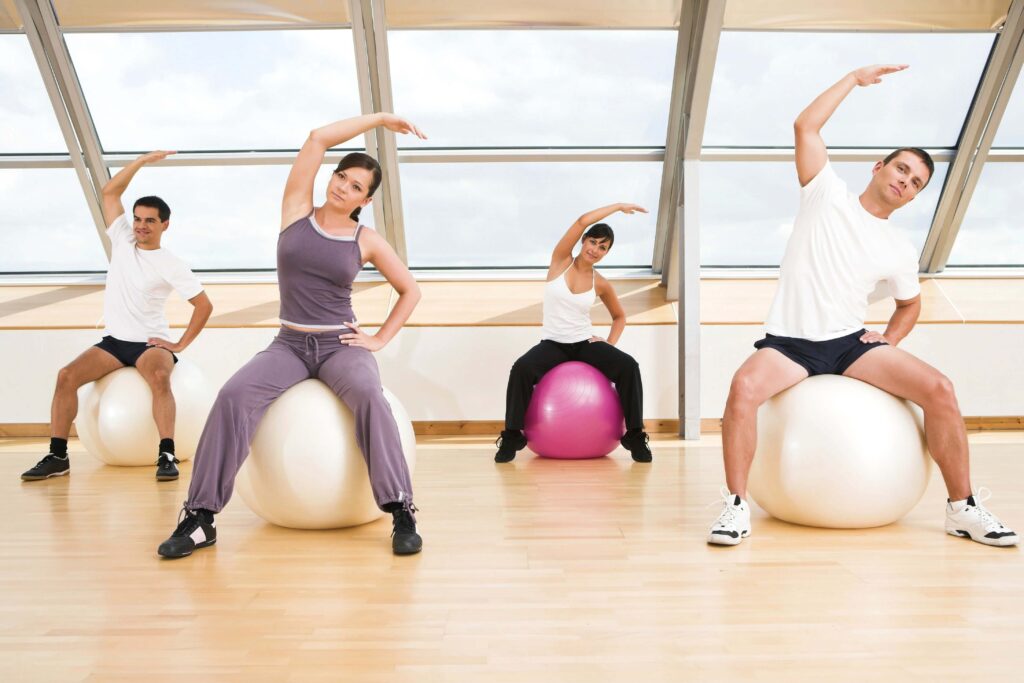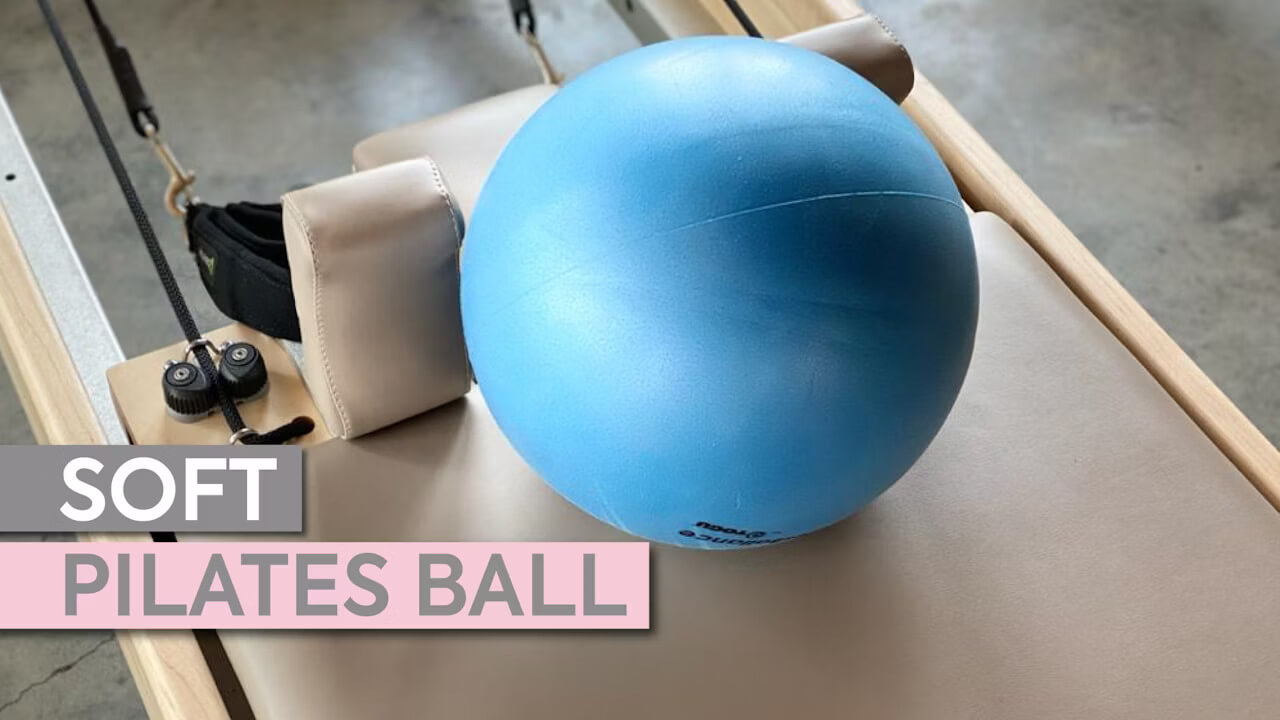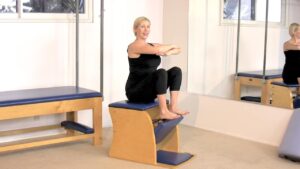Understanding the benefits of low-impact strength training
Low-impact strength training is an increasingly popular choice for individuals seeking to enhance their fitness levels without putting excessive strain on their joints. This type of exercise allows for strength building and toning while minimising the risk of injury. It caters to a variety of fitness levels, making it an excellent option for beginners and those recovering from injuries.
The benefits of low-impact strength training extend beyond just physical gains. It promotes improved flexibility, enhances muscle balance, and increases overall body stability. As individuals engage in lower-impact activities, they often experience less soreness and fatigue, allowing for more frequent workouts and quicker recovery times.
Moreover, low-impact workouts can lead to improved cardiovascular health, particularly when performed in a circuit or high-repetition format. Coupling strength training with low-impact exercises creates a holistic approach to fitness, encouraging a healthier lifestyle. This method not only helps in weight management but also fosters a positive mindset, as individuals often find themselves more motivated to maintain a consistent exercise routine.
The science behind low-impact workouts
Research indicates that low-impact workouts utilize specific muscle fibres that can help develop strength without heavy weights or high-impact movements. This is especially helpful for older adults or those with joint issues who may require gentler alternatives to traditional strength training.

At the core of low-impact exercises, including those involving soft Pilates balls, lies a focus on controlled movements, stability, and core engagement. These factors not only strengthen muscles but also promote better posture and alignment. Strength training with a low-impact approach is shown to be effective in building lean muscle mass and maintaining muscle function as we age. Additionally, the psychological benefits of engaging in such workouts cannot be overlooked; participants often report feeling more energised and less stressed, contributing to an overall sense of well-being.
How soft Pilates ball workouts fit into low-impact training
Soft Pilates balls are an excellent tool for incorporating low-impact strength training into your fitness routine. They provide an added element of instability that engages more muscles and enhances the effectiveness of various exercises. As you balance and stabilise during workouts, not only are you improving your strength, but also your coordination and core stability.
These workouts can adapt to all fitness levels by modifying the intensity and complexity of the exercises performed with the ball. Whether you are just beginning or looking for a more challenging session, the soft Pilates ball serves as a versatile equipment that enhances your workout experience. Furthermore, incorporating these balls into your routine can make workouts more enjoyable and engaging, as they encourage creativity in exercise selection. This adaptability not only keeps participants motivated but also allows for progressive challenges, ensuring continuous improvement and sustained interest in fitness activities. Click here to get also about key differences between Wonder chair and Wunda chair.
Getting to know the soft Pilates ball
The soft Pilates ball is a lightweight, inflatable exercise ball typically used in a variety of exercises to improve strength, balance, and flexibility. Its design allows for gentle resistance during workouts, making it perfect for low-impact strength training.
Understanding the fundamental features of the soft Pilates ball can help users maximise their workout potential. The softness provides comfort during exercises, while its size allows for easy handling. In addition, these balls are typically made from durable, non-slip materials that provide stability and long-lasting use. The versatility of the soft Pilates ball means it can be incorporated into a wide range of routines, from rehabilitation exercises to more dynamic Pilates sessions, catering to both beginners and seasoned practitioners alike.
The design and features of a soft Pilates ball
Soft Pilates balls generally range in diameter from 25 to 30 centimetres and are designed to be firm yet pliable. This softness makes them ideal for targeting smaller stabilising muscles, which can often be neglected in traditional strength training exercises. Furthermore, the gentle nature of the ball allows for a more forgiving workout experience, reducing the risk of injury and making it suitable for individuals recovering from injuries or those with joint concerns.
Most soft Pilates balls come in a variety of colours and are often decorated with markings to assist users in positioning themselves correctly during workouts. The inclusion of a pump is also standard, ensuring your ball maintains optimal firmness and safety during use. Some models even feature additional textures or grip patterns, enhancing the user experience by providing extra traction during exercises that require more stability and control.

Choosing the right soft Pilates ball for your needs
When selecting a soft Pilates ball, it’s crucial to consider your height and strength levels to ensure you choose a size that is suitable for your body type and the exercises you wish to perform. A general guideline states that users under 5 feet 1 inch should opt for a 25-centimetre ball, while those between 5 feet 2 inches and 5 feet 8 inches should choose a 30-centimetre ball. For taller individuals, a larger ball may be necessary to maintain proper form and alignment during exercises.
Additionally, consider the density and material of the ball. Some individuals prefer a softer ball for exercises like lumbar support or gentle stretching, while others might want a firmer ball for more stability during intense workouts. Taking the time to evaluate your preferences will ensure a positive experience with your soft Pilates ball. Moreover, it’s worth noting that many Pilates instructors recommend experimenting with different sizes and densities to discover which combination best complements your personal fitness goals, allowing for a more tailored and effective workout regimen that evolves with your progress.
Essential soft Pilates ball exercises for beginners
For beginners, starting with basic soft Pilates ball exercises is a great way to acclimatise to the equipment while building strength and coordination. These exercises focus on controlled movements that promote proper alignment and core engagement.
Integrating the soft ball into your routine can be enjoyable and fulfilling as you discover new ways to challenge and strengthen your muscles. The combination of balance and controlled movements encourages effective workouts while minimising the risk of injury.
Basic techniques for soft Pilates ball workouts
One fundamental exercise for beginners is the wall sit with soft Pilates ball. To perform this move, place the ball against the wall, lean against it while sliding down into a squat position. Ensure your knees do not extend beyond your toes; hold the position to build strength in your thighs and core.
Another fantastic beginner’s exercise is the bridge. Lying on your back with your feet on the soft Pilates ball, lift your hips towards the ceiling while engaging your core. This exercise effectively works on glutes, hamstrings, and the lower back, enhancing overall strength.
Safety tips for beginners
As with any new exercise, it’s essential to prioritise safety when using a soft Pilates ball. Ensure your ball is adequately inflated and checked for any damage before each use. Begin with a smaller number of repetitions and gradually increase as you feel more comfortable.
Maintain proper form throughout your workouts, avoiding any jerky movements. If you experience any discomfort or pain, stop the exercise and reassess your technique. It’s advisable to seek the guidance of a certified trainer if you are unsure of your form or experience persistent pain.

Advanced soft Pilates ball exercises for strength training
As you progress in your fitness journey, incorporating advanced soft Pilates ball exercises can provide a significant challenge and foster further development of strength and stability. These exercises target various muscle groups and require more core engagement.
Advanced workouts are essential for developing strength that supports daily activities and overall well-being. By continually challenging yourself with new routines, you ensure that your body doesn’t plateau in its fitness journey.
Challenging workouts for core strength
Advanced core workouts with the soft Pilates ball can include the stability ball plank. Start by placing your forearms on the ball and your legs behind you, creating a straight line from head to heels. This position strengthens the core while engaging the shoulders and legs.
Another effective exercise is the ball pass, where you lie on your back, hold the ball above your head, and lift your legs while transferring the ball from hands to feet. This move works on core strength, coordination, and balance while providing a good challenge.
Exercises for improving balance and flexibility
To enhance balance and flexibility, consider performing exercises like the single-leg deadlift with a soft Pilates ball. Stand tall, holding the ball in one hand while balancing on the opposite leg. Lower the ball towards the floor while extending the free leg behind you, then return to standing. This movement requires focus on balance and stability while improving overall strength.
Additionally, the seated ball stretch can increase flexibility and promote relaxation. Sit on the floor with legs extended, holding the ball in front of you. Roll the ball forward as you reach towards your toes, allowing your spine to lengthen. This exercise opens up the hips and stretches the hamstrings, enhancing flexibility.
Incorporating soft Pilates ball workouts into your routine
Integrating soft Pilates ball workouts into your fitness routine doesn’t have to be complex. With a bit of planning, you can create a balanced schedule that incorporates strength training, flexibility, and cardiovascular benefits.
Chunking your workouts into manageable sessions is a great way to include these exercises without overwhelming your schedule. Aim for a mix of strength training days, flexibility work, and active recovery sessions to create a holistic approach to your fitness journey.
Creating a balanced workout schedule
A balanced workout schedule might include two to three days dedicated to soft Pilates ball exercises, with alternating days for flexibility and cardiovascular activity. For example, you might incorporate strength sessions on Mondays, Wednesdays, and Fridays, while focusing on yoga or walking on Tuesdays and Thursdays.
Be sure to listen to your body and adjust your routine according to how you feel. Adequate rest is essential for muscle recovery and overall progress.
Tips for maintaining motivation and consistency
Maintaining motivation and consistency can be challenging, but setting specific, achievable goals is key. Consider tracking your progress in a journal or using fitness apps to visualise your journey and keep track of improvements.
Additionally, consider incorporating soft Pilates ball workouts with friends or joining a community group. Working out with others can foster a sense of accountability and make exercising more enjoyable. By blending fun and fitness, you’ll find it easier to stay committed to your routine.
In conclusion, embracing soft Pilates ball workouts as part of your low-impact strength training can greatly enhance your fitness journey. By understanding the benefits, techniques, and safety tips, you can confidently incorporate these exercises into your regular routine, reaping the rewards of improved strength, balance, and overall well-being.


